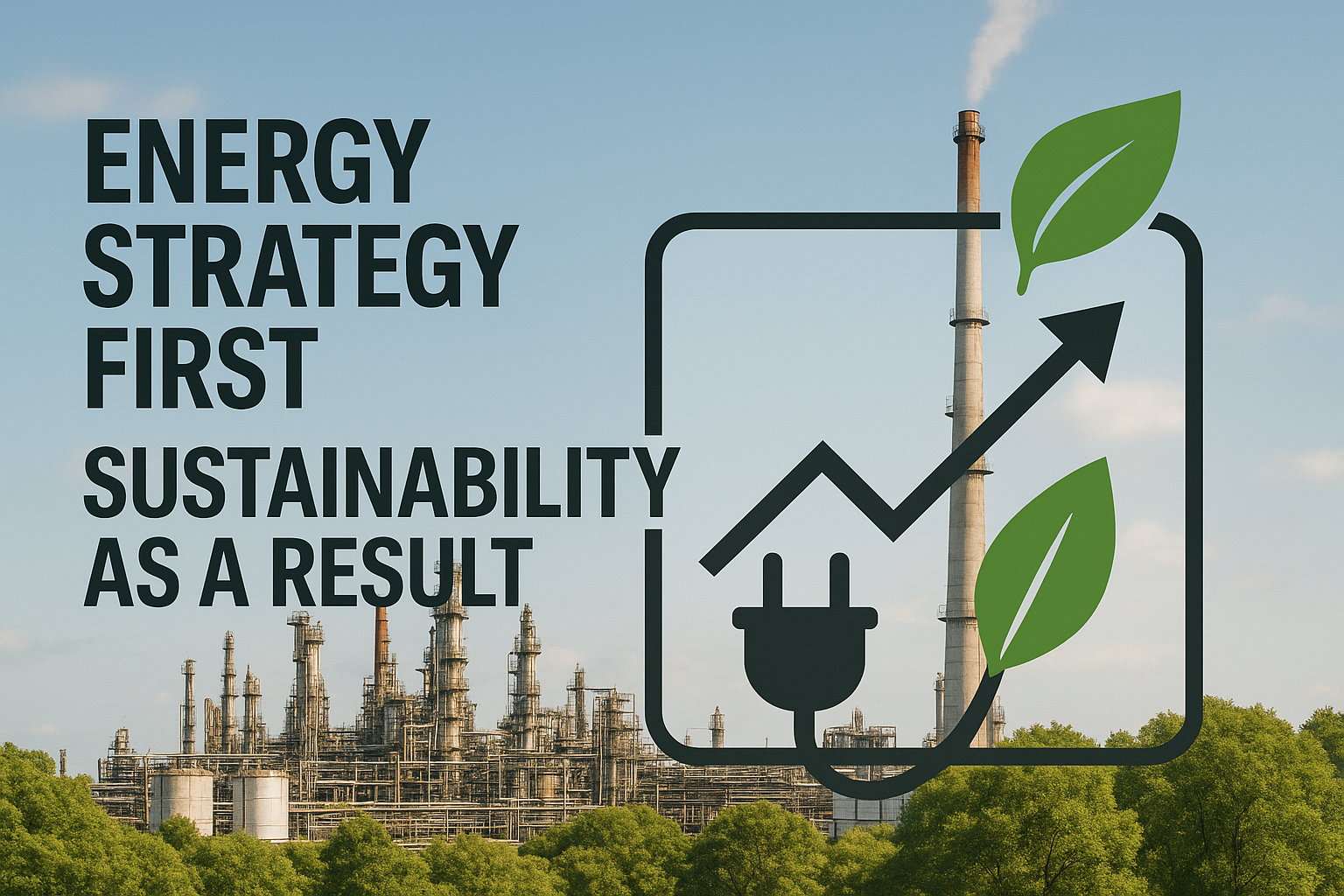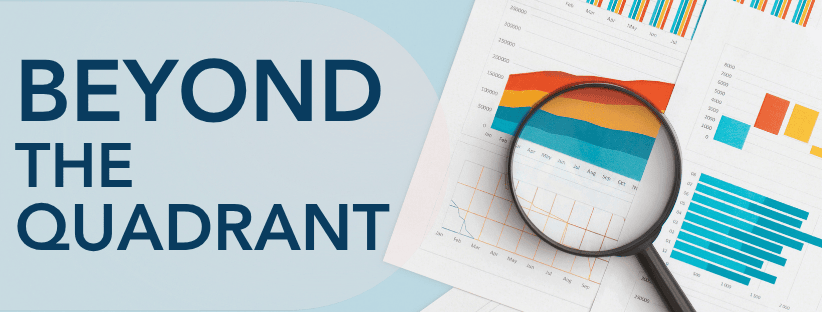If you’re steering an industrial operation, you’re watching artificial intelligence move from pilot to production faster than any previous technology shift. Adoption is climbing with 55% of manufacturers already leveraging AI tools in their operations. Tech budgets are following suit: 78% of surveyed manufacturers say they plan to increase spending on AI tools in the next two years.
Reinforcement Learning (RL) sits at the heart of this momentum, translating complex plant data into experience-based real-time decisions that move profitability, reliability, and sustainability together. Done well, RL can help you tap into the additional $13 trillion in GDP AI is projected to unlock this decade, giving your operation a decisive edge in an increasingly data-driven market.
Why Reinforcement Learning Matters to Industrial Leaders
Unlike traditional control systems that rely heavily on precise mathematical models, reinforcement learning operates through a framework known as the Markov Decision Process (MDP). This foundation allows RL to explore various states, select optimal actions, and adaptively learn from feedback to maximize cumulative rewards over time.
A key strength of reinforcement learning lies in its ability to explore and improve control strategies using a model of the environment rather than experimenting directly on the process. In industrial settings, this means RL can be trained offline—on an accurate representation of the plant’s behavior—without disrupting operations or introducing risk.
Compared to traditional methods, this approach enables safer and faster optimization, especially in complex, multivariable environments where trial-and-error is not an option.
This adaptability drives improvements in essential KPIs like throughput, energy efficiency, and profit margins. The dynamic learning capability helps operations achieve increased efficiency by reducing energy consumption and optimizing production processes without constant human intervention.
1. Real-Time Process Control: Closing the Loop on Complex Operations
When your site relies on nonlinear, multivariable units, fractionators, kilns, or reactors, traditional advanced process control (APC) reaches its limits. Machine learning excels here because the agent doesn’t need a perfect first-principles model. It observes the current state, tests an action, and learns from the reward it receives, repeating the cycle until performance converges on the optimum.
By turning every sensor and historian tag into actionable insight, a plant gains the agility to meet volatile market conditions without overhauling hardware. This state → action → reward loop keeps refining in real-time, so the controller adapts whenever feed quality shifts, catalysts age, or ambient conditions drift.
Because the RL controller writes setpoints straight back to the distributed control system (DCS), you don’t need to discard the existing APC. Think of adaptive algorithms as the layer that never stops learning.
Transparent dashboards expose the policy’s reasoning, addressing concerns that a neural network is a “black box.” The result is a data-driven, experience-based model that improves every hour it runs.
Implementation Flow
The implementation follows a structured approach that minimizes risk while maximizing learning opportunities:
First, historian and DCS tags are mapped so the model can ingest high-frequency operational data. Any gaps are filled with inferentials drawn from established equipment correlations.
Next, a simulation lets the RL agent explore thousands of scenarios offline, learning safe operating envelopes before it ever adjusts a live valve. Engineers review the candidate policy, set economic and safety constraints, and approve promotion to advisory mode.
Once you’re comfortable, the controller closes the loop. It calculates optimal setpoints in real-time and writes them back to the DCS, always within the boundaries you define. Operators keep veto power, but most find the moves so consistent that manual intervention quickly becomes rare.
Because the agent keeps learning from fresh plant data, training never really ends, and neither do the incremental improvements. You gain a self-optimizing layer that quietly raises throughput, trims fuel, and protects yield while your team focuses on higher-value tasks.
2. Predictive Maintenance: Anticipating Failures Before They Cost You
Moving beyond reactive maintenance schedules, AI-driven predictive maintenance offers a transformative approach that sets it apart from traditional pattern-based systems. While conventional methods often react to patterns or anomalies, intelligent algorithms rely on reward-based optimization, dynamically adjusting maintenance schedules to maximize uptime and minimize disruptions.
By leveraging IoT sensors and AI simulations, these systems learn the patterns of equipment degradation in real time. This capability proves particularly valuable in applications such as compressor health monitoring and grinding-mill uptime optimization.
The technology anticipates machinery failure, allowing for proactive maintenance that reduces unexpected outages and supports streamlined spare parts management. This approach extends the operational life of capital-intensive equipment while optimizing maintenance schedules to minimize production disruptions.
The economic benefits are substantial. Businesses deploying AI-driven predictive maintenance report significant reductions in unexpected outages and spare parts costs. Furthermore, these systems optimize maintenance activities based on real-time data, as opposed to static, calendar-based schedules, leading to more efficient and cost-effective operations.
In industries like mining, these systems have been implemented successfully to dynamically schedule maintenance activities and meet the rigorous demands of the sector, ensuring both safety and productivity are maintained.
3. Energy Management & Optimization: Cutting Costs and Carbon Simultaneously
When you ask your team to slash energy expenses without jeopardizing production targets, intelligent optimization becomes the solution that makes both goals feasible. An AI agent continually weighs real-time power prices, emissions caps, and process constraints against throughput objectives, selecting control moves that deliver the lowest cost for every kilowatt-hour consumed.
Designing the reward function is where profitability and sustainability converge. Every megawatt saved earns a positive reward, while excess emissions trigger steep penalties, teaching the agent to favor actions, adjusting furnace temperatures, retuning motor speeds, shifting load to on-site renewables, that keep you inside budget and ESG boundaries.
Because the algorithm keeps learning, it automatically adapts when power tariffs spike or process conditions drift, giving you a continuously optimized energy footprint without constant retuning or manual oversight.
Why Imubit Leads in Industrial Reinforcement Learning
Imubit’s Closed Loop AI Optimization (AIO) is built on three pillars—Industrial AI, Value Sustainment, and Workforce Transformation—ensuring improvements endure long after the initial successful run.
Because the model continuously learns, you capture clearer economics and transparency than traditional approaches.
For process industry leaders seeking sustainable efficiency improvements, Imubit’s Closed Loop AI Optimization solution offers a data-first approach grounded in real-world operations.
Book your no-cost AIO assessment to discover how Imubit can bring increased efficiency and production to your manufacturing plant.




